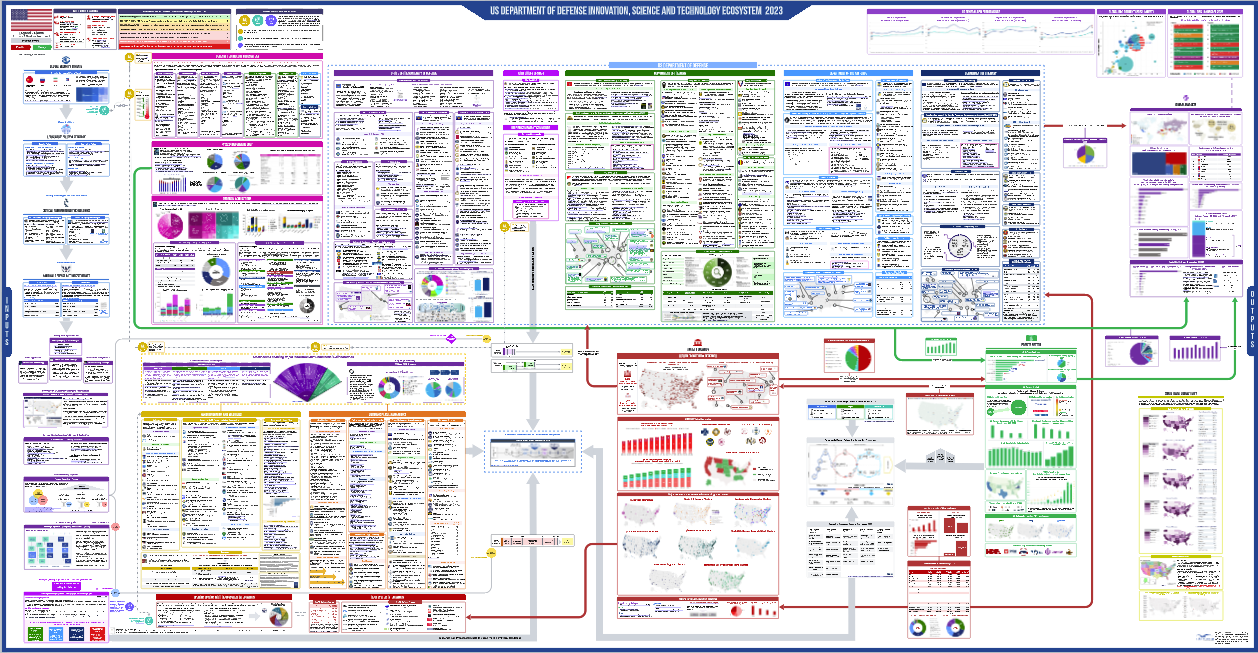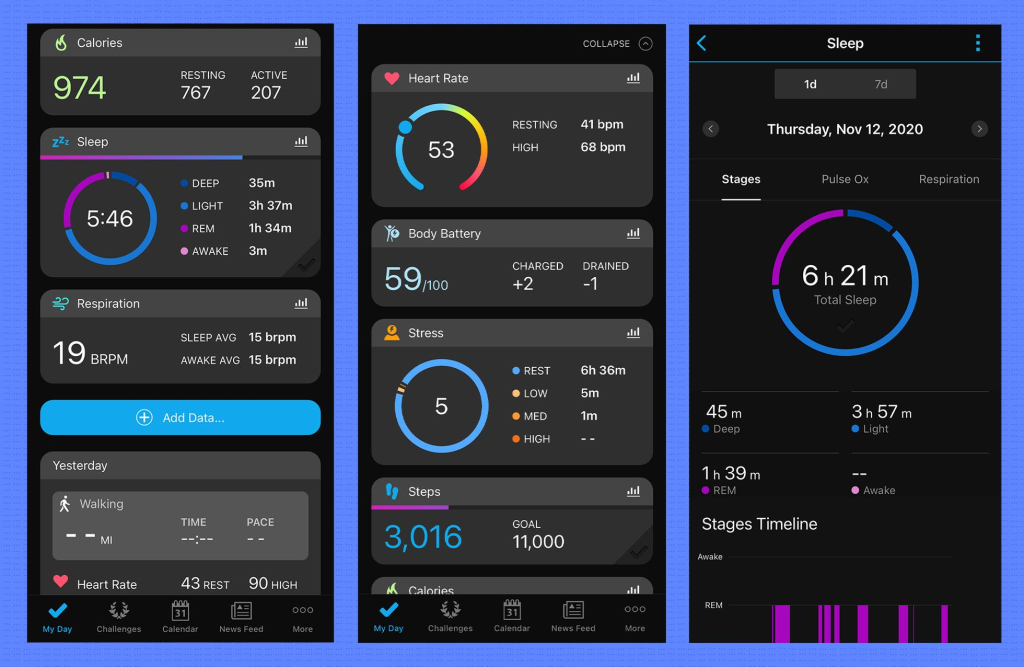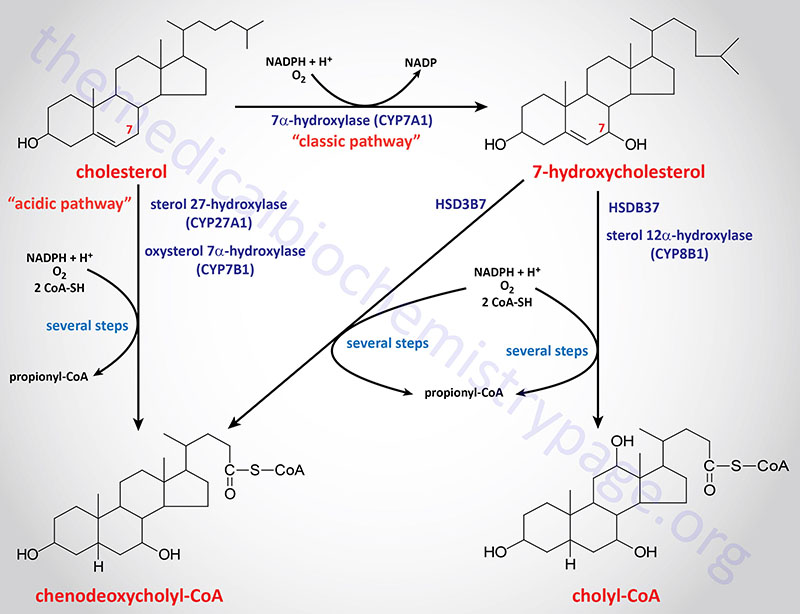The U.S. innovation ecosystem stands as a beacon of advancement and creativity, uniquely driven by a collaborative approach that integrates federal funding, private industry, and academic research. Originating from the challenges posed by World War II, this dynamic system married public support with private sector ingenuity, leading to groundbreaking healthcare innovations such as the mass production of penicillin. The legacy of these formative years laid the foundation for ongoing biomedical research, shaping a landscape recognized globally for its effectiveness. Today, this robust partnership continues to foster significant strides in various technological arenas, bolstered by substantial federal investment and a commitment to scientific excellence. This intricate web of collaboration not only drives medical breakthroughs but also positions the United States as a leader in innovation that extends beyond its borders.
The landscape of American innovation represents a dynamic network where government efforts intersect with the ambitions of the private sector and the rigor of academic institutions. Historically rooted in the responses to wartime demands, this cooperative framework has evolved to prioritize advancements in fields like healthcare and technology. Significant contributions from federal funding have been pivotal in fueling enhancements within biomedical science, showcasing the profound impact of collaborative endeavors. By fostering public-private partnerships, the U.S. has established a highly effective model for innovation that resonates on a global scale. The synergy between these sectors remains integral to promoting continued progress in health and technology.
The Role of World War II in U.S. Biomedical Research
World War II marked a pivotal turning point for U.S. biomedical research, as it sparked an unprecedented collaboration between government agencies, academia, and private industry. Driven by the urgent need for medical innovations to address the health crises faced by soldiers, the federal government established the Office of Scientific Research and Development (OSRD) to coordinate extensive wartime research. This initiative engaged thousands of scientists in developing crucial technologies, including antibiotics like penicillin, which ultimately changed the landscape of medical treatment and saved countless lives.
This wartime partnership laid the foundation for an enduring public-private partnership that has fostered groundbreaking advancements in healthcare. In the aftermath of the war, the methodologies and structures created during this period facilitated significant breakthroughs in biomedical research, paving the way for the National Institutes of Health (NIH) to emerge as a key player in funding and promoting medical research. The legacy of these innovations continues to resonate, illustrating how the challenges of war can catalyze advancements that benefit society as a whole.
Frequently Asked Questions
What role did World War II play in shaping the U.S. innovation ecosystem?
World War II significantly shaped the U.S. innovation ecosystem by highlighting the need for rapid technological advances and fostering public-private partnerships. The government initiated support for biomedical research, such as the mass production of penicillin, which not only aided military efforts but also laid down the foundation for modern healthcare innovations.
How does federal funding influence the U.S. innovation ecosystem?
Federal funding is crucial to the U.S. innovation ecosystem as it supports academic research, which in turn drives private sector development. This public-private partnership has led to breakthroughs in various fields, particularly biomedical research, enhancing the nation’s competitive edge in technological advancements.
What is the significance of public-private partnerships in the U.S. innovation ecosystem?
Public-private partnerships are vital to the U.S. innovation ecosystem as they combine resources from both sectors to address urgent research needs. This collaboration has historically enabled advancements in fields like biomedical research, ultimately leading to significant healthcare innovations and economic growth.
What impact does federal funding have on biomedical research in the U.S.?
Federal funding plays a transformative role in U.S. biomedical research by providing essential resources for scientific discovery and innovation. This funding fosters a collaborative environment among federal agencies, academic institutions, and private industries, resulting in substantial healthcare advancements that continue to shape the innovation ecosystem.
How has the U.S. innovation ecosystem evolved since World War II?
Since World War II, the U.S. innovation ecosystem has evolved through enhanced collaboration between universities, government, and industry. This evolution has been marked by increased federal funding for biomedical research, the establishment of regulatory frameworks, and the rise of advanced technologies, making it a global leader in innovation.
| Key Points |
|---|
| The U.S. innovation ecosystem, particularly in biomedicine, has evolved significantly since WWII, driven by public-private partnerships. |
| Government funding during WWII, such as that from the Office of Scientific Research and Development (OSRD), was pivotal in advancing medical research, leading to breakthroughs like penicillin. |
| The partnership model established in WWII has been a cornerstone for technological advancements in various fields over the last 80 years. |
| Increased public funding led to the growth of the National Institutes of Health (NIH) and more structured drug development processes post-war. |
| The legacy of wartime innovation includes a generation of trained scientists and lasting contributions to public health and medical practices. |
| Recent federal funding cuts raise concerns about the sustainability of this successful innovation ecosystem. |
Summary
The U.S. innovation ecosystem stands as a model for collaboration between academia, government, and industry, resulting in groundbreaking advancements, especially in health and technology. Originating during World War II, this partnership facilitated essential medical breakthroughs like penicillin, transforming both military and civilian healthcare. Today, the sustainability of this ecosystem is threatened by potential funding cuts, sparking debates about the necessity of maintaining robust public-private research partnerships. Ensuring the continued success of the U.S. innovation ecosystem is crucial not only for the nation’s health and economic growth but also as a template for global innovation strategies.



